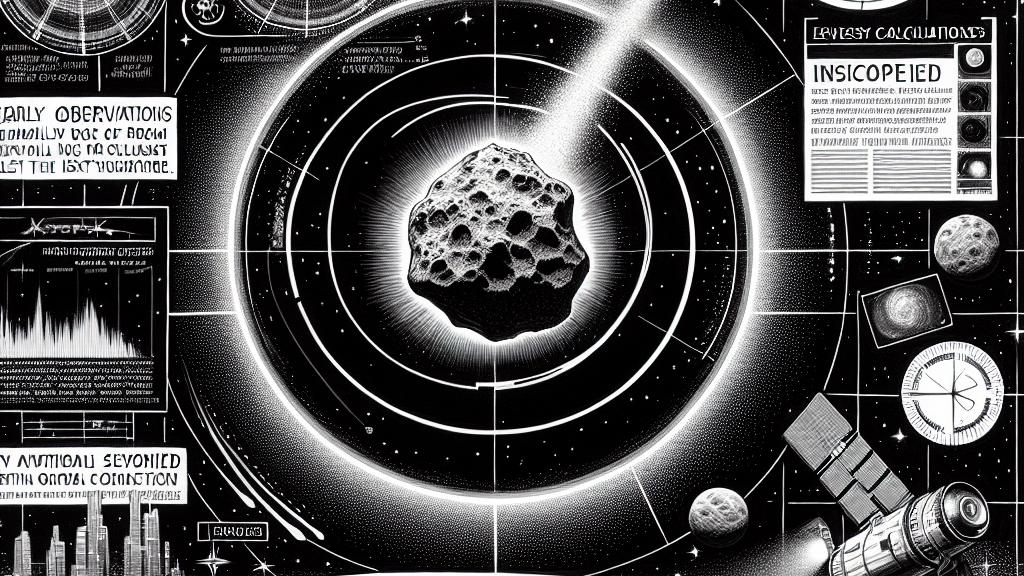Exploring Apophis: Europe's Mission to a Potentially Hazardous Asteroid
Overview
- The European Space Agency is launching a groundbreaking mission to study the asteroid Apophis in 2029, paving the way for significant scientific discoveries.
- With a size comparable to the Empire State Building, Apophis will pass within 32,000 kilometers of Earth—closer than many satellites orbiting our planet.
- This mission not only seeks to enhance our understanding of asteroids but also refines our strategies for planetary defense against future threats.

Unraveling the Enigma of Apophis
Since its discovery in 2004, Apophis has been shrouded in both mystery and concern. Early observations suggested a minor risk of collision, particularly in 2029, igniting a global discussion on asteroid safety. However, thanks to sophisticated radar technology and improved calculations, astronomers have since dismissed any imminent collision risk for at least the next century. This is crucial, considering that when Apophis approaches Earth in April 2029, it will be a mere 32,000 kilometers away—a distance that is exceptionally close on a cosmic scale. The near-Earth event will make Apophis visible to the naked eye across parts of Europe, Africa, and Asia, creating a unique opportunity for educational outreach and public engagement around asteroids.
The Pioneering Ramses Mission
Set to launch in October 2028, the Rapid Apophis Mission for Space Safety (Ramses) represents a significant leap forward in asteroid exploration. This mission, crafted by the European Space Agency, aims to deploy two innovative CubeSats—one will study the asteroid from a distance, while the other will land on its surface, making intricate observations. Imagine the scene: as Apophis swings by Earth, the gravitational forces could trigger physical changes on its surface; this could include landslides or shifts in its rotation. By capturing these dynamic changes, Ramses aims to provide profound insights into the composition and behavior of asteroids, helping to unravel the complexities of their interactions with gravitational forces. It’s an endeavor that holds great promise for understanding not just Apophis, but the entire category of near-Earth objects (NEOs).
Significance for Planetary Defense and Future Preparedness
The implications of the Ramses mission reach beyond mere scientific inquiry—they represent a vital component of our planetary defense strategy. Each close encounter with asteroids offers invaluable data that can inform our understanding of potential threats. For instance, consider the lessons learned from the Chelyabinsk meteor in 2013, which demonstrated how even a small asteroid can inflict considerable damage. The upcoming observations of Apophis will allow us to refine existing impact prediction models and develop more effective deflection strategies for hazardous asteroids. As we glean deeper insights into Apophis's structure and trajectory, we edge closer to enhancing our readiness for future asteroid threats, turning what was once a cause for concern into an opportunity for advancement in planetary safety.

Loading...